Runaway Bride
Cannabinoid THC Dominant
THC 19 - 23%
CBD 0.23 - 0.49%
Effect Sleepy
Side Effect Thirst and dry mouth
Flavor Lime
Runaway Bride Strain
THC
CBD
Potency
The Runaway Bride strain is a cannabis hybrid with 50/50 Indica/Sativa genetics. Its THC level varies and can be as low as 19% and as high as 23%. The maximum CBD content is 0.23-0.49%. Check the list of naturally-occurring cannabinoids in the plant:
- CBC 0.07-0.22%
- CBG 0.73-0.78%
- CBN 0.05-0.24%
- THCV 0.04-0.2%
This weed is not for novices due to its intense high and is best left in the hands of skilled smokers.
Smell, Taste, and Dominant Terpenes
The aroma profile of this kush is complex and blends sour and sweet notes. It is reminiscent of mango, apricot, and lime with earthy and skunk hints. The taste is a little pungent and reminds smokers of tobacco and chemical flavors. This strain may be harsh on the throat, so some consumers recommend using it via a vaporizer. The prominent terpenes that determine these scents and tastes are:
- Limonene
- Phellandrene
- Myrcene
- Terpinolene
Effects and Medical Appointments
The Runaway Bride strain allows smokers to experience both a body and head high as it is true to hybrids. They will get a sense of physical energy along with a heady lift. The mind will be able to focus and fall out of focus simultaneously. A sleepy and sedative wave will wash over people. In a state of calm and relaxation, they may experience a case of munchies coming on.
The Runaway Bride strain is a popular form of medical marijuana because of its powerful and diverse effects. It helps patients suffering from a variety of illnesses:
- Hypertension
- Migraines
- Post-traumatic stress disorder
- Muscle spasms
- Anxiety
- Bipolar disorder
- Fibromyalgia
- Epilepsy
- Arthritis
- PMS
There is a slight chance that the high produced by this cannabis can become unbearable for some individuals. So, inexperienced users may get:
- Tingles
- Dry eyes
- Low blood pressure
- Thirst and dry mouth
- Dizziness
- Depression
- Slurred speech
Growth Review
The strain is easy to grow. It can survive in any environment and amounts to 30-60 inches in height. It reaches the flowering stage in 55-63 days and is ready for harvest in 62 days. Expect to get 1-2 oz./ft2 from indoor plants and 10-15 oz./plant from those grown outdoors. The herbs develop small rounded nugs with dark amber hairs.
Side Effects
Simply let us know how this strain tastes or write a detailed review.
Runaway Bride Strain Cannabinoids
| THC | Tetrahydrocannabinol, or THC, is a major cannabis chemical compound. It is a psychoactive element that stimulates dopamine release and induces euphoria or happiness. THC-rich strains may be helpful with such conditions as lack of appetite, chronic pains , etc. It is considered to be the primary active marijuana component. | 19 - 23% |
| CBD | Cannabidiol, or CBD, is a major compound in cannabis, which is non-psychoactive. It is also proved to counteract the side effects of the second major component THC. CBD is widely used for medicinal purposes in rubs, oils and so on. It is helpful in muscle pain cases, may treat arthritis and migraines. Even Greeks used it against pain, while Queen Victoria applied it to get rid of menstrual cramps. | 0.23 - 0.49% |
| CBC | Cannabichromene, or CBC, is a minor cannabinoid, meaning that its quantity in cannabis is quite little. Though it has the same origin as CBD and THC, it is different in functions. Without any psychoactive effects, it is an efficient cannabis compound in combating acne and depression. CBC produces analgesic, antibacterial and anti-inflammatory effects. | 0.07 - 0.22% |
| CBG | Cannabigerol, or CBG, is one of the minor cannabis compounds in adult plants. On the other hand, young ones contain a lot of this antibacterial and anti-inflammatory component. During the growth, CBG is converted into different cannabinoids, mostly THC and CBD. The compound itself increases appetite and decreases eye pressure. | 0.73 - 0.78% |
| CBN | Cannabinol, or CBN, is a trace element in cannabis that is considered to be mildly psychoactive. It appears from oxidation THC, exposed to light and heat. CBN is mostly contained in old cannabis and in traditional hashish. It is effective against insomnia, bacterial infections and appetite loss. | 0.05 - 0.24% |
| THCV | Tetrahydrocannabivarin, or THC-V, is a compound contained in cannabis in trace amounts. Even though it is close to THC molecularly, it is different in effects. This compound may be psychoactive only in large amounts. THC-V reduces blood sugar, controls appetite, stimulates bone growth, etc. African Sativa strains are the richest in THC-V. | 0.04 - 0.2% |
Runaway Bride Terpene Profile
| Carene | Carene (also known as Delta-3 carene) is a terpene found in rosemary, lemons, pines, and cedars, offering citrusy and cypress aroma. Studies on mice showed that carene provides anti-inflammatory effects, as well as promotes bone health and chronic pain relief. | 0.06% |
| Borneol | Borneol is a terpene with a woody, camphor-like aroma, naturally occurring in ginger, rosemary, camphor, and thyme. Borneol has been used in traditional Chinese medicine for thousands of years as an anti-inflammatory, pain-relieving, and anticoagulant means. Borneol has the distinctive property of boosting the effects of medical drugs. In cannabis, Borneol is one of the most commonly occurring terpenes. | 0.04% |
| Myrcene | Myrcene (also known as β-myrcene) is one of the most common terpenes found in cannabis, representing more than 20% of the modern marijuana terpene profile. Myrcene has a distinct earthy, musky flavor, resembling cloves. It is responsible for calming and soothing effects of weed. Myrcene is also found in hops, thyme, mango, lemongrass, guava melon. | 0.14% |
| Limonene | Limonene (also known as d-limonene) is the second most common terpene in nature and the third most common terpene in cannabis. It has a powerful citrus aroma and can be found in all citruses, including lemons, oranges, grapefruits, limes, juniper, etc. Limonene is known to elevate moods and provide anxiety, depression, and stress relief. | 0.28% |
| Linalool | Linalool (also known as beta linalool, linalyl alcohol, linaloyl oxide, and p-linalool) is one of the rarest terpenes found in cannabis, mostly in small quantities. Linalool is known for its spicy and lavender aroma, bringing relaxation and calming effects. It is also said to provide anti-inflammatory and analgesic properties that can be useful for athletes. | 0.01% |
| Pulegone | Pulegone is a less-common terpene found in peppermint and catnip, for example, with a sweet and minty aroma. In small amounts, pulegone could be found in some cannabis strains. It is reported to offer anxiety-relieving effects, increased cognitive performance, and sedative properties. Could remove dizziness. | 0.02% |
| Terpineol | Terpineol (also known as alpha-terpineol or a-terpineol) is a terpene naturally occurring in more than 150 plants, including lilacs, lime blossoms, eucalyptus sap, and pines. Among the therapeutic qualities are anti-inflammatory, antioxidant, antitumor, and antimicrobial. In cannabis, terpineol boasts the distinctive pine smoke aroma and causes a relaxing, sedative effect. | 0.04% |
| Terpinolene | Terpinolene is one of the most common terpenes found in cannabis; however, It's usually presented in small quantities. Is responsible for piney, floral, herbaceous, and even a little bit citrusy aroma of cannabis. Terpinolene can be found in lilacs, nutmeg, and cumin. In cannabis, terpinolene contributes to the sensation of "freshness." Has the potential to reduce the risk of heart diseases. | 0.11% |
| Phellandrene | Phellandrene (also known as alpha- and beta-phellandrene) is one of the rare terpenes found in cannabis with antihyperalgesic and antidepressive properties. Phellandrene contributes to a minty, woody, and mildly citrus aroma in cannabis. Previously confused with limonene and pinene, phellandrene was eventually distinguished as a separate terpene common for eucalyptus. Also, it could be found in mint, dill, black pepper, cinnamon, parsley, pine, and lavender. | 0.22% |
| Caryophyllene | Caryophyllene (also known as beta or b caryophyllene) is a terpene found in many herbs and spices, such as black pepper, basil, rosemary, and oregano. Cannabis high in caryophyllene delivers a strong spicy, peppery aroma, resembling cinnamon and cloves. Caryophyllene offers potent anti-inflammatory and sedative effects. | 0.07% |
| Total terpenes content | 0.99% |
Growing Info
Similar Strains
THC 16 - 19.5%
CBD 0.75 - 1.04%
Effect Sleepy
Flavor Sweet
THC 17.5 - 23%
CBD 0.4 - 0.76%
Effect Aroused
Flavor Plum
THC 20.17 - 22.67%
CBD 0.52 - 0.92%
Effect Giggly
Flavor Sweet
THC 11 - 11%
CBD 0.4 - 0.59%
Effect Aroused
Flavor Coffee

THC 19.5 - 21.5%
CBD 0.42 - 0.79%
Effect Uplifted
Flavor Citrus
THC 14.25 - 17.5%
CBD 0.4 - 0.77%
Effect Happy
Flavor Sweet
THC 14 - 17%
CBD 19 - 13.66%
Effect Concentrated
Flavor Tree fruit
THC 32 - 34%
CBD 1.2 - 1.41%
Effect Energetic
Flavor Lemon
THC 15.12 - 18.75%
CBD 2.6 - 2.92%
Effect Uplifted
Flavor Diesel

THC 15 - 22%
CBD 0.16 - 1.27%
Effect Happy
Flavor Lavender
THC 14 - 18%
CBD 0.3 - 0.44%
Effect Hungry
Flavor Skunk
THC 23.5 - 26%
CBD 0.22 - 0.6%
Effect Sleepy
Flavor Citrus
THC 26 - 27%
CBD 0.19 - 0.35%
Effect Relaxed
Flavor Spicyherbal
THC 19 - 22.25%
CBD 0.46 - 0.7%
Effect Happy
Flavor Flowery




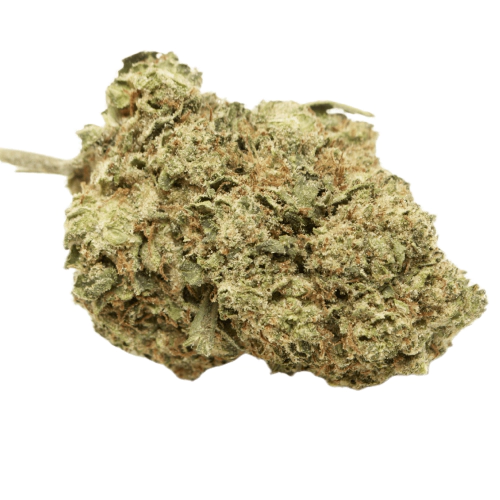
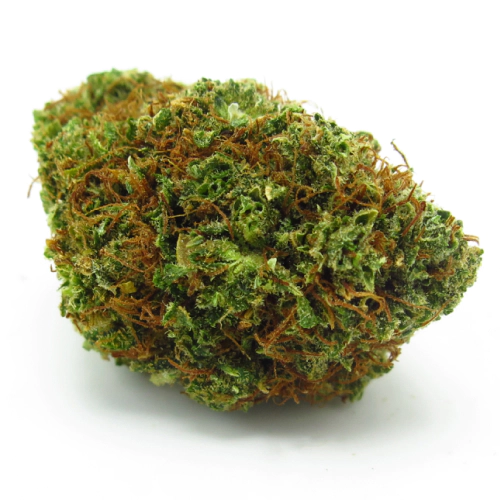
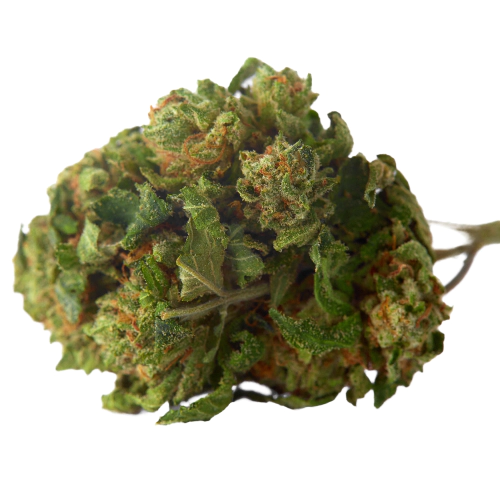
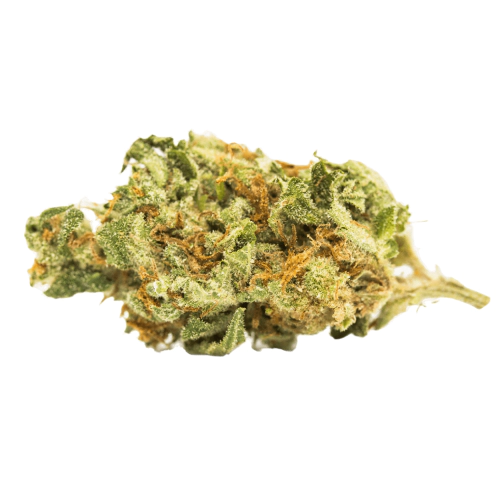
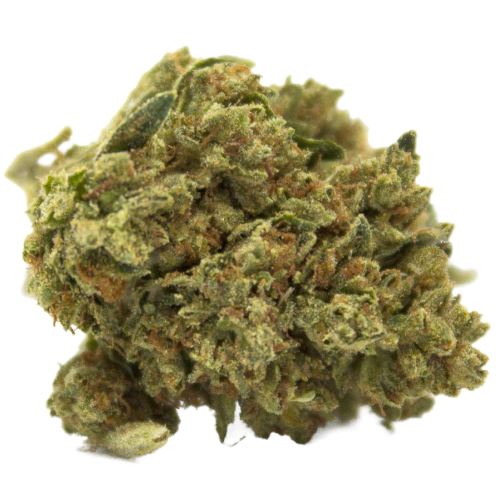


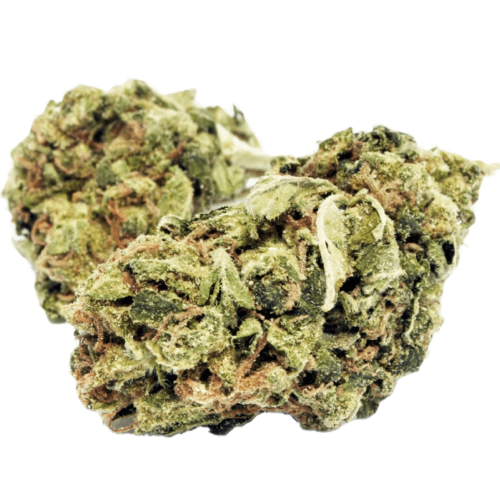

Be the first and share your opinion
Write a Review